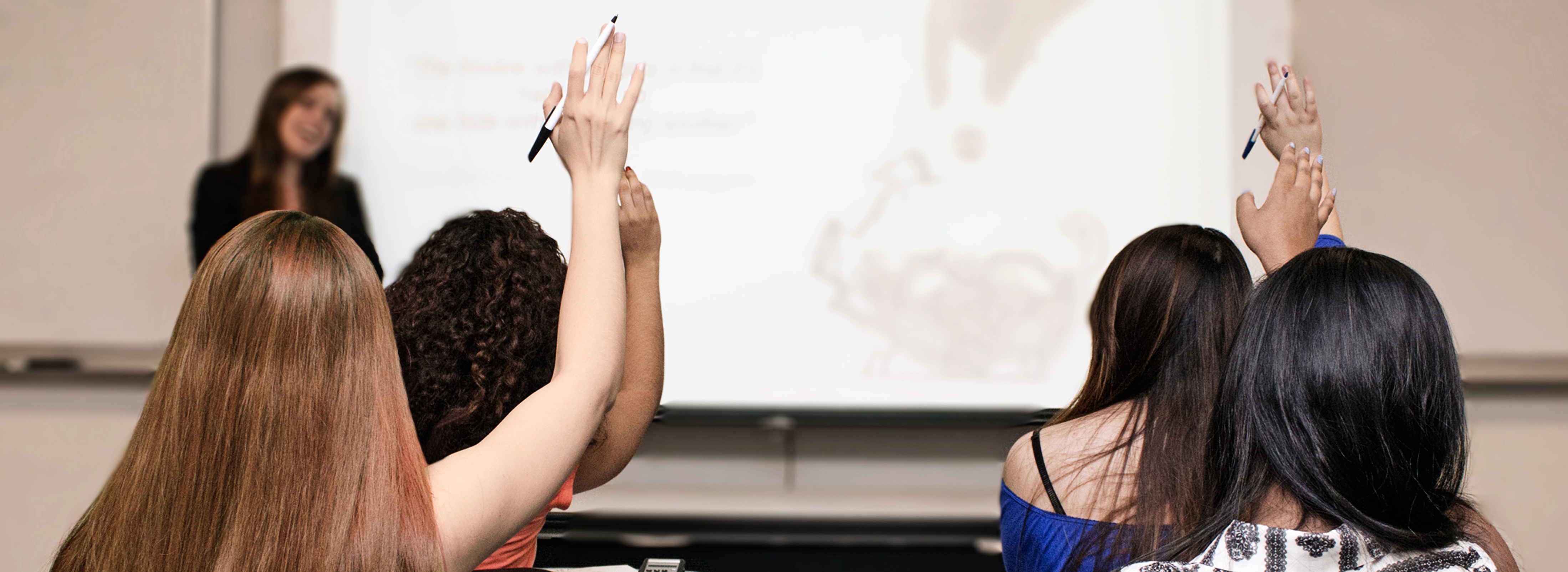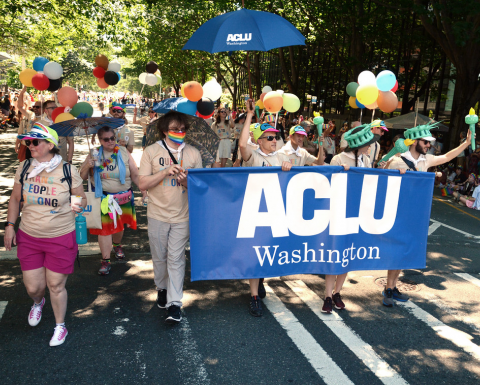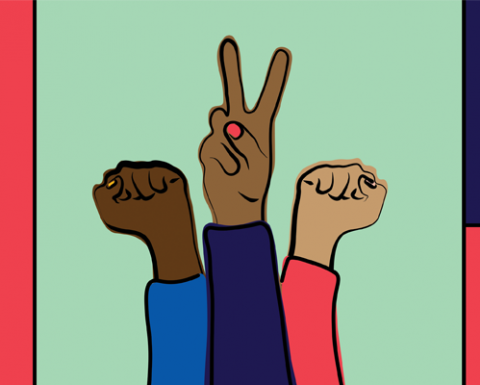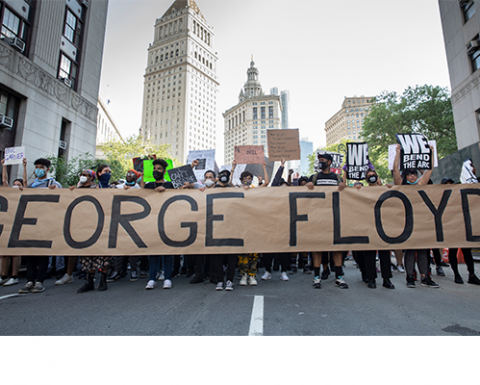
Seattle’s Garfield High School football team made national headlines last month when the entire team took a knee during the national anthem, following the example of San Francisco 49er Colin Kaepernick. Like Kaepernick, the players were protesting racial injustice, an issue they discuss in school and confront in their daily lives. “Many of us have been touched in some way in our own personal lives by racism, segregation and bias,” the team wrote in an open letter explaining their actions.
Students around the nation have since staged similar protests. Unlike in Seattle, however, many have faced punishment by school officials. A high school football player in Massachusetts was suspended for kneeling during the national anthem. Two students at separate schools in Louisiana were told they’d be punished for sitting during the Pledge of Allegiance, according to complaints filed with the ACLU. And in our own state, students were told by their school that they could not kneel during the Pledge.
In each of these instances, the schools eventually walked back their statements, and for good reason. Forcing a student in public school to salute the flag or stand for the national anthem has been illegal since 1943, when the Supreme Court ruled that students in America cannot be forced by their government to make expressions of national loyalty.
The case, West Virginia State Board of Education v. Barnette, involved two sisters who refused to say the Pledge of Allegiance because it violated their religious beliefs as Jehovah’s Witnesses. It took place during America’s involvement in World War II, and in his decision Judge Robert H. Jackson—who later served as prosecutor during the Nuremberg trials of Nazi war criminals—observed that governments become tyrannical when they attempt to force people into agreement with them.
“Those who begin coercive elimination of dissent soon find themselves exterminating dissenters,” Jackson wrote. “Compulsory unification of opinion achieves only the unanimity of the graveyard.”
In America no one can be forced to take oaths they do not believe. This means that a student cannot be punished by his or her school for refusing to salute the flag, say the Pledge of Allegiance, or rise while others say the Pledge. Students also cannot be required to leave the room when others are saluting the flag if they choose not to. Students do not have to give the teacher or other school staff a reason for not participating. And students do not need a parent’s permission to exercise the right of conscience to refrain from reciting the Pledge.
Schools must refrain from trampling the free-speech rights of students, but if that’s all they do, their work is incomplete. In America, we rely on our institutions of public education not only to respect constitutional rights but also to educate generations of young people on how and why they might choose to use them. This is the work of public schools in a democracy.
Rather than approach student protests as something simply to be tolerated, schools should embrace the teachable moments they present. Students who are protesting now are responding to an epidemic of people of color being shot and killed by police officers and to the realities of racial disproportion in our criminal justice and education systems. The Garfield team expressed a desire to meet with community members and leaders to have a dialogue about racism and discrimination at school, in the media, and in the community. “It is our hope that out of these potentially uncomfortable conversations positive, impactful change will be created,” they wrote.
Schools can acknowledge the importance of issues that student protests are raising and can turn them into learning experiences. For example, educators might ask students to write down their own reactions to the issues presented by the protest. They might also create venues, such as school assemblies or forums, in which students can share their views on racism and what constitutes justice with their peers. Doing so will enable them to hone the essential skills of listening, public speaking, and critical thinking.
Throughout history, student protests have led to significant change. It was a student protestor, after all, who secured the free-speech rights now being exercised at football games and assemblies.
The year was 1969, a similarly contentious time in American history. Mary Beth Tinker, then 13 years old, made a plan with some of her fellow students in Des Moines, Iowa, to wear a black armband to school protest the Vietnam War.
When Mary Beth arrived at school, she was asked to remove the armband and was sent home when she refused. Represented by the ACLU, Mary Beth, her family, and others embarked on a four-year court battle that culminated in the landmark Supreme Court decision Tinker v. Des Moines. The Court ruled that students do not "shed their constitutional rights to freedom of speech or expression at the schoolhouse gate.”
Too often, we see the value of dissent only in hindsight, when the TV cameras are off and the rosy glow of history has set in. It’s worth remembering that it was a group of students who quashed the threat of state-mandated expressions of national loyalty, and that a 13-year-old’s dissent guaranteed that future generations walked into school with the freedom to speak their minds.
Even while silent, today’s student protests have the potential to speak volumes— but only if we’re willing to listen.
The ACLU of Washington has extensive information about the free speech rights of students in public school (see https://aclu-wa.org/resources). If you believe your rights to freedom of speech or other rights have been violated by your school in Washington, the ACLU-WA wants to know to know about it. You can call our Legal Intake and Referral line at 206-624-2180 or contact us online (https://aclu-wa.org/about-getting-help).




